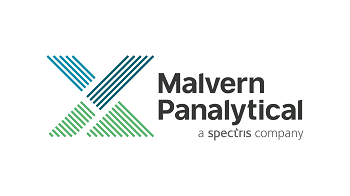The frequent problem for many researchers using particle measurement instrumentation is the reliability of the measured data. Several questions arise after analysis such as whether the data is affected by measuring equipment technology, by the person doing the sample preparation, or by any other analytical factors used in the measurement. To obtain a solution for the reliability of data, independent and orthogonal measuring methods can be applied to attain confidence and measurement validation.
Nanoparticle Tracking Analysis and Dynamic Light Scattering are two complementary techniques. This article describes both of the methods, and the data obtained from them. It explores how the unique features of the two methods, when used together, provide a complete list of measurement capabilities for people interested in analyzing nanoscale materials.
Areas Covered
- Nanoparticle Tracking Analysis (NTA)
- Dynamic Light Scattering (DLS)
- Measuring a heterogeneous sample
- Dealing with a range of particle concentrations
- Measurement of fluorescent particles
- Measuring zeta potential
- Sample Screening
Summary
The NanoSight Nanoparticle Tracking Analysis instrument range, and the Zetasizer Nano dynamic light scattering instrument family work well together, providing a range of measurement parameters to help researchers interetsted in the characterization of nanoparticle and bioparticulate systems. Particle size and zeta potential can be measured using the instruments. The Zetasizer Nano has a broad particle sizing range, which is complemented by the NanoSight NTA’s high-resolution single particle sizing capability.
The high-resolution zeta potential measurements obtained with the NanoSight NTA complement the routine, industry-standard zeta potential measurements obtained using the Zetasizer Nano. Particle size can also be measured simultaneously. These measurement parameters are supplemented by the Zetasizer APS instrument, which is capable of measuring particle size distribution of samples held in 96 and 384 well plates. As a result both routine and automated sample screening is possible.
The Zetasizer Nano family, equipped with NIBS technology, can measure samples of a wide range of concentrations, providing the flexibility and the capability for measurement of undiluted samples. The NanoSight NTA range has the potential to perform sample concentration measurements in applications where particle concentration is paramount, such as vaccine development, drug delivery and exosome/microvesicle applications. The NanoSight NTA range is also capable of measuring fluorescence, enabling users to examine fluorescently labeled particles in biological media, or to identify surface markers on biological particles with antibody labeling.
The extensive range of measuring parameters is not only complementary in nature, providing omprehensive and useful data, but also orthogonal, so that one technology can validate and complement the data from the second technology. Like all other Malvern Panalytical Instrument products technical support is available for both of the technologies to help users address their characterization challenges.

This information has been sourced, reviewed and adapted from materials provided by Malvern Panalytical.
For more information please visit Malvern Panalytical.